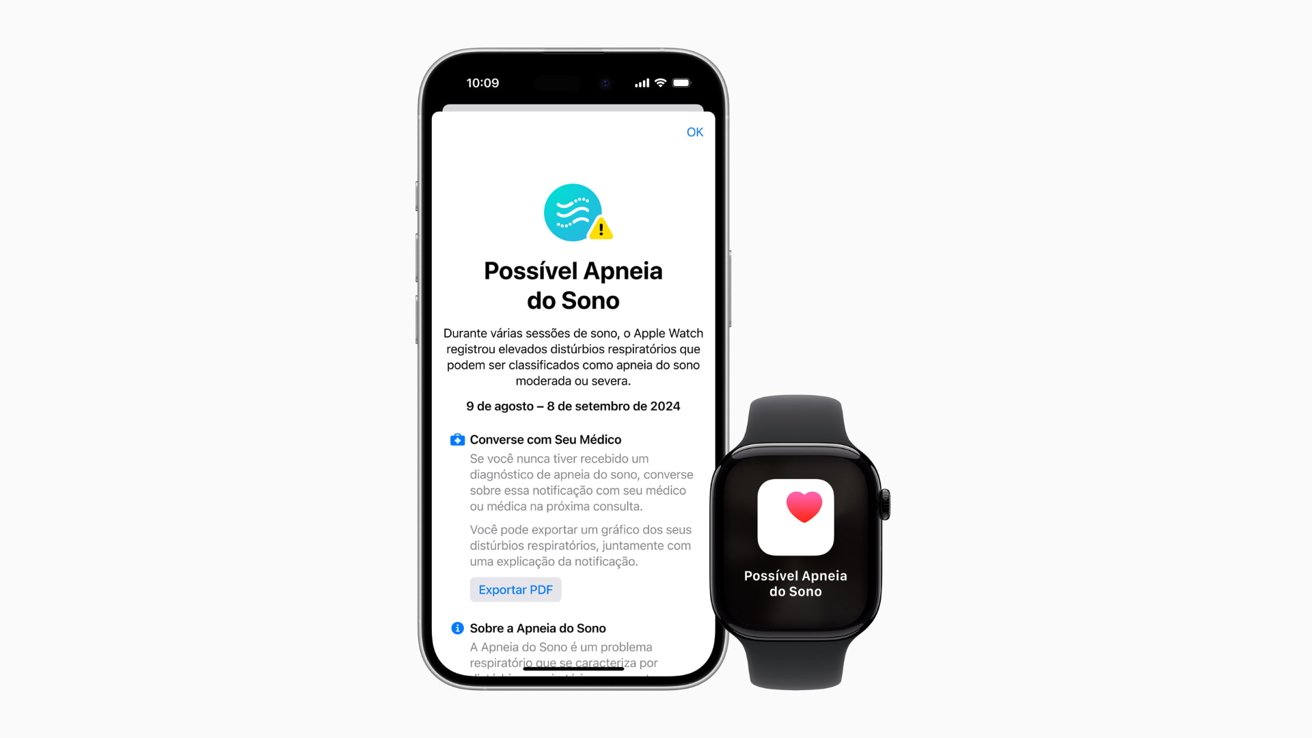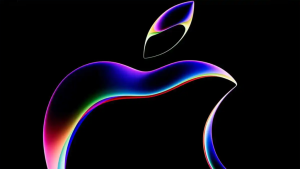
Sleep apnea monitoring comes to Brazilian Apple Watch users

Apple Watch users everywhere, now including Brazil, can catch early signs of sleep apnea and take steps toward healthier sleep. Here’s how it works.
Apple’s push to make the Watch a tool for preventive healthcare continues with the rollout of sleep apnea monitoring. Brazil celebrates its approval from Agencia Nacional de Vigilancia Sanitaria (ANVISA), while the feature is already available in over 150 countries, including the US, Japan, and the EU.
Sleep apnea is a chronic disorder in which breathing repeatedly stops during sleep, causing disruptions that can have severe consequences if left untreated. Undiagnosed cases can lead to hypertension, type 2 diabetes, and cardiovascular disease, often without individuals realizing the cause.
The Apple Watch monitors wrist movements during sleep using its accelerometer, detecting patterns linked to Respiratory Disturbance Events. Advanced machine learning algorithms trained on clinically validated sleep studies analyze these disturbances.
While minor disturbances can be normal, repeated patterns across several nights may indicate sleep apnea, according to Apple’s announcement.
Sleep apnea monitoring
Data from the sleep apnea monitoring feature is automatically recorded in the Health app on iPhone or iPad. Users can track respiratory disturbances over different timeframes, including 30 days, six months, or one year.
If the Apple Watch detects consistent signs of moderate to severe sleep apnea, users receive a notification every 30 days. The alert acts as a prompt to take the next steps in evaluating sleep health.
Each notification includes a summary of sleep disruptions and educational materials on sleep apnea risks and treatment options. Users also get a PDF report with respiratory data from the past three months, helping in sharing insights with healthcare providers.
Apple’s sleep apnea detection uses advanced machine learning algorithms trained on clinically validated sleep studies. In one of Apple’s largest studies clinical validation to date, the system reliably identified apnea patterns across participants.
Availability & enabling notifications
Sleep apnea notifications are available on Apple Watch Series 9, Apple Watch Series 10, and Apple Watch Ultra 2. The feature is designed for users aged 18 and older without a formal apnea diagnosis.
To enable sleep apnea monitoring on your Apple Watch, start by ensuring both your devices are up to date. Your Apple Watch must be running the latest version of watchOS, and your iPhone should be updated to the most recent version of iOS.
Set up Sleep Tracking on your iPhone through the Health app. Open the app, tap Browse, then select Sleep. If not found, create a Sleep Schedule to monitor your sleep patterns effectively.
Enable sleep apnea monitoring after configuring Sleep Tracking. Go to the Respiratory Health or Sleep settings in the Health app and toggle the feature to detect irregular breathing patterns and send notifications for sleep apnea signs.
Wear your Apple Watch securely on your wrist while sleeping to collect accurate breathing data. View the recorded data in the Health app’s Sleep or Respiratory Health sections to see metrics and notifications for moderate to severe sleep apnea.




